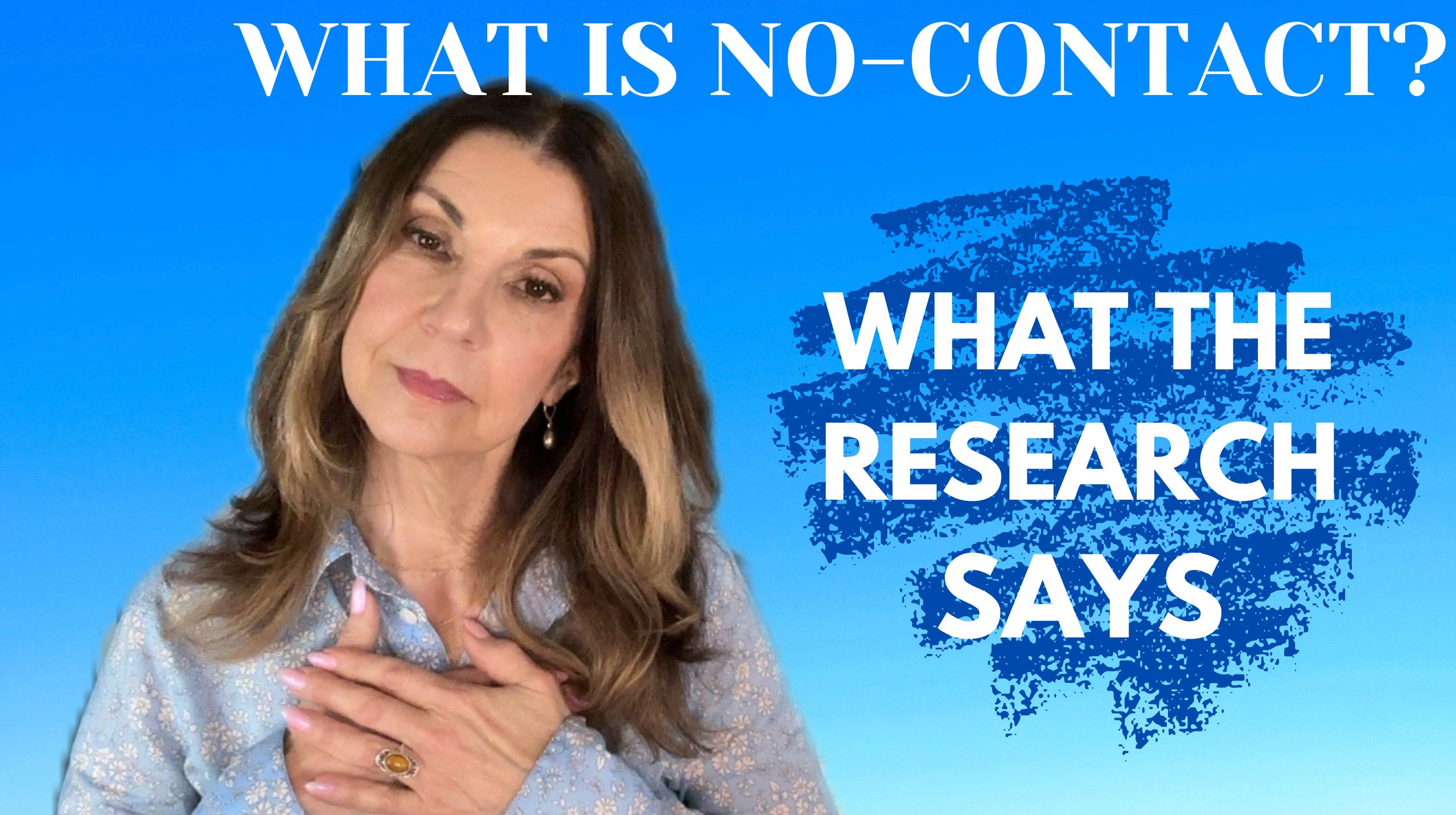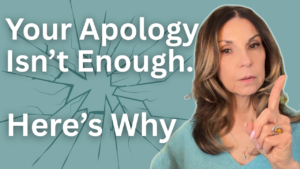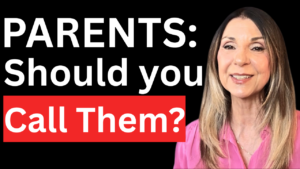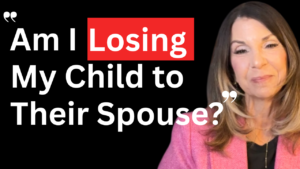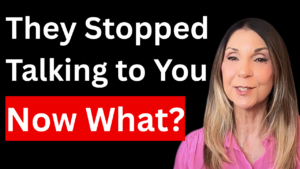Today, I will explore an essential relationship topic: the No-Contact Rule. This strategy is often employed as a means of self-preservation and protection against toxic or abusive dynamics. In this discussion, I’ll cover the definition and scope of the No-Contact Rule, its historical context, reasons for its use, and its effects on those involved. I’ll also delve into the implications for individuals with Complex Post-Traumatic Stress Disorder (CPTSD), the effectiveness and consequences of implementing the rule, and the societal reactions to it. Finally, I’ll provide insights and research findings that highlight the importance of this strategy in maintaining mental health and well-being.
1. What is the No-Contact Rule?
The No-Contact Rule is a self-imposed strategy to sever all forms of communication with a specific individual or group, particularly those in toxic or abusive relationships. This includes ceasing in-person interactions, digital communication (emails, texts, and social media), and third-party messages. By doing so, individuals aim to protect their mental and emotional well-being from further harm and to create a safe space for healing and personal growth.
2. Historical Context: Origins of the No-Contact Rule
The concept of the No-Contact Rule has evolved, with roots traceable to family estrangement practices. Historically, families and individuals have distanced themselves from toxic or harmful relationships to maintain peace and safety. In contemporary times, the No-Contact Rule has gained recognition as a therapeutic strategy endorsed by mental health professionals to help individuals escape abusive environments and reclaim their autonomy.
3. Why Do People Use the No-Contact Rule?
People resort to the No-Contact Rule for various reasons, often as a last resort after enduring prolonged emotional and psychological abuse. Insights from individuals with Complex Post-Traumatic Stress Disorder (CPTSD) reveal that the rule is a crucial step in their journey toward healing and self-preservation. The emotional toll of enduring abusive behaviors can be debilitating, and the No-Contact Rule offers a pathway to regain control over one’s life. Personal autonomy and the desire for self-preservation drive many to implement this rule despite the societal and familial pressures to maintain contact.
4. Understanding Complex Post-Traumatic Stress Disorder (CPTSD)
CPTSD is a condition that arises from prolonged exposure to traumatic experiences, often in interpersonal contexts such as abusive relationships. Unlike PTSD, which typically results from a single traumatic event, CPTSD involves a continuous pattern of trauma, leading to profound emotional and psychological disturbances. Individuals with CPTSD often struggle with maintaining healthy relationships due to the deep-seated fear and mistrust ingrained in their traumatic experiences. The No-Contact Rule becomes a vital tool in breaking free from these harmful cycles and embarking on a path of recovery.
5. When is No-Contact Used?
The decision to go No-Contact is often triggered by specific events or behavior patterns that violate personal boundaries. Everyday situations prompting this decision include emotional, physical, or psychological abuse, manipulation, gaslighting, and other toxic dynamics. Examples of abusive relationships leading to estrangement can range from romantic partnerships to familial ties, where the abuser’s actions consistently undermine the victim’s sense of self-worth and security.
6. Effectiveness of the No-Contact Rule
The effectiveness of the No-Contact Rule varies from person to person, with many reporting significant psychological benefits. Personal anecdotes and research highlight the positive outcomes of severing ties with toxic individuals, such as increased peace of mind, reduced stress, and a renewed sense of self. However, there are potential drawbacks, including feelings of loneliness and guilt and the societal stigma associated with family estrangement. Despite these challenges, many find that the long-term benefits of emotional liberation and personal growth outweigh the temporary discomfort.
7. Consequences of Being No-Contacted
The emotional and psychological impact of the No-Contact Rule can be profound for those who have been subjected to it. They may experience feelings of rejection, confusion, and even anger. Social stigma and societal judgment often exacerbate these emotions, as family estrangement is typically viewed negatively. It’s important to acknowledge and address these feelings, offering support and understanding to those affected.
8. Pros and Cons of Going No-Contact
The decision to go No-Contact comes with both benefits and drawbacks. On the positive side, individuals often experience a significant reduction in stress, enhanced peace of mind, and opportunities for personal growth and healing. However, the decision can also lead to feelings of loneliness, guilt, and societal criticism. Research findings indicate that while the emotional toll of family estrangement is considerable, the long-term effects on mental health and well-being are generally positive for those who prioritize their self-preservation.
9. Criticism and Vilification
Individuals who choose the No-Contact Rule often face societal criticism and slander. They may be perceived as selfish, ungrateful, or cold-hearted for distancing themselves from their family. Coping with such judgment requires resilience and strategies to maintain self-worth. Building a support network of understanding friends, seeking therapy, and engaging in self-care practices are crucial steps in navigating this rugged terrain.
10. What You Need to Understand When Going No-Contact
Going No-Contact is not a quick fix but a complex emotional process. It involves grieving the loss of the relationship, doubting the decision, and dealing with mixed emotions. Understanding that this is a journey towards healing and self-preservation is essential. Having a solid support system, whether through friends, therapy, or support groups, can provide the necessary strength to endure the emotional challenges of this process.
11. Research Insights on the No-Contact Rule
Research supports the effectiveness of the No-Contact Rule in improving mental health and well-being. Studies have shown that severing ties with toxic individuals can lead to significant psychological relief and personal growth. Psychological theories, such as attachment theory, underscore the importance of safe and secure relationships for emotional well-being. The No-Contact Rule allows individuals to break free from harmful attachments and establish healthier patterns of interaction.
Final Thoughts
In conclusion, the No-Contact Rule is a powerful strategy for individuals seeking to escape toxic or abusive relationships and reclaim their mental and emotional well-being. While the journey is fraught with challenges and societal judgment, the long-term benefits of peace of mind, personal growth, and emotional liberation are invaluable. As you navigate your relationships, remember to prioritize self-compassion and empowerment. Your well-being is paramount, and making decisions that safeguard your mental health is an act of strength and courage.
I invite you to share your thoughts, comments, and questions on this topic. Your experiences and insights are valuable to our community, and together, we can cultivate a supportive environment for those facing similar challenges.

